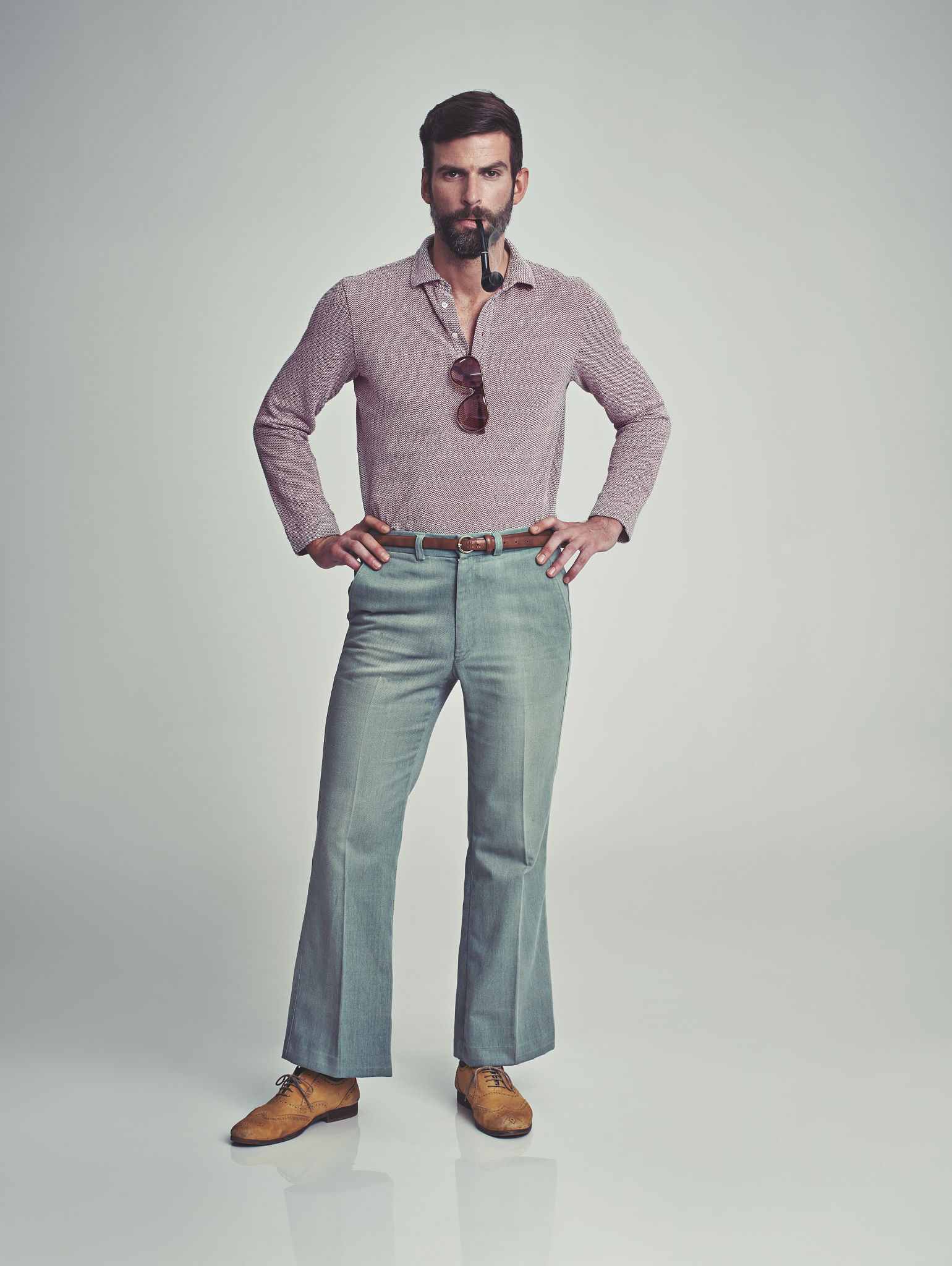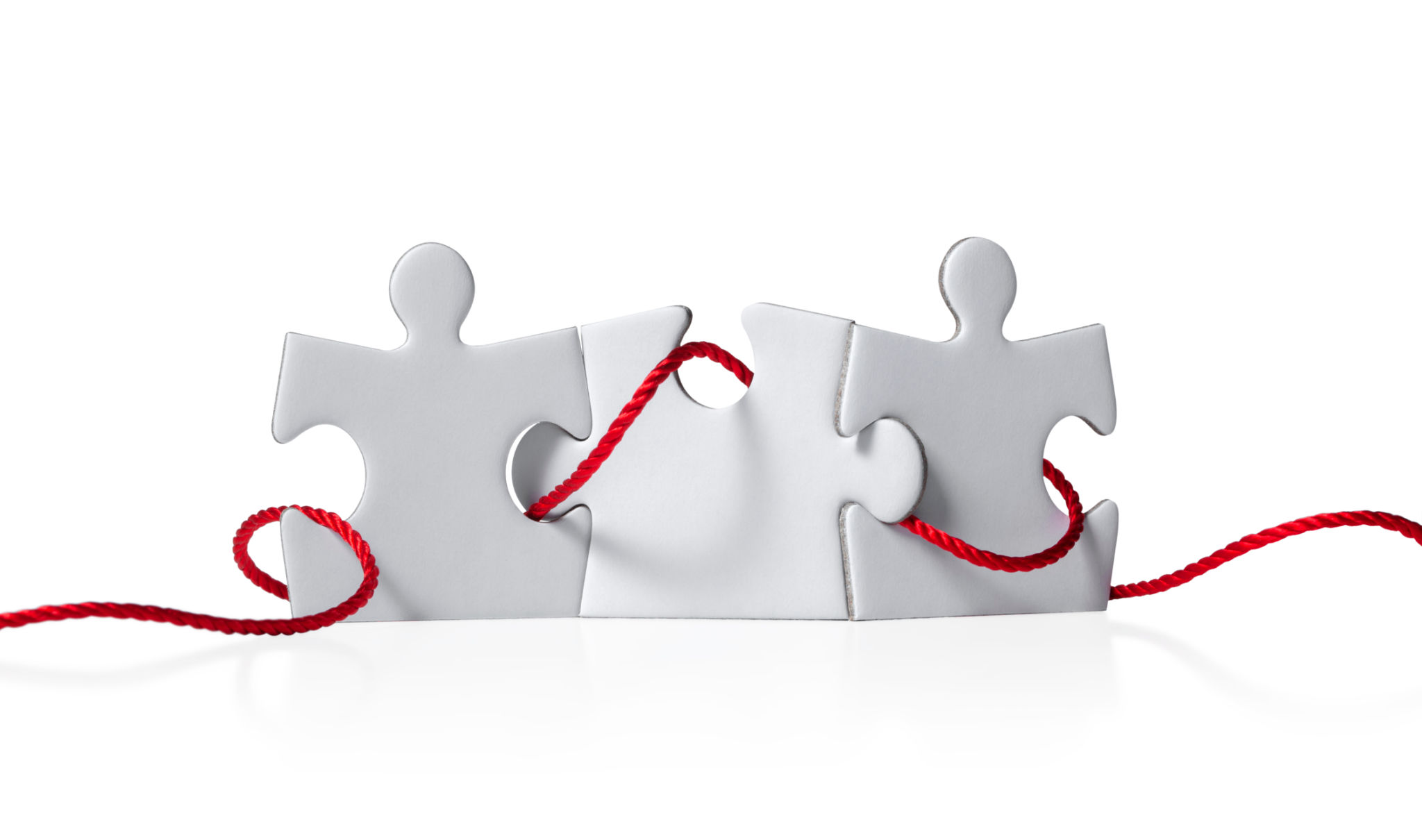The Evolution of Menswear: From Traditional to Bespoke Luxury
The Historical Roots of Menswear
Menswear has a rich and varied history that dates back centuries. From the tailored suits of the early 19th century to the casual attire of the 21st century, the evolution of menswear reflects broader cultural and societal shifts. Traditionally, menswear was heavily influenced by military uniforms, with structured silhouettes and functional designs taking precedence.
During the Victorian era, men's fashion became more sophisticated, marked by fitted waistcoats, frock coats, and top hats. This period laid the foundation for the classic suits we recognize today. These garments were not just about style but also about status and propriety.

The Rise of Ready-to-Wear Fashion
The advent of the Industrial Revolution brought significant changes to the fashion industry. Mass production techniques made clothing more accessible to the general public, leading to the rise of ready-to-wear fashion. Men could now purchase stylish garments without the need for bespoke tailoring.
In the mid-20th century, menswear began to embrace a more relaxed aesthetic. The influence of Hollywood icons like James Dean and Marlon Brando popularized casual styles such as jeans and leather jackets. This shift marked the beginning of a more individualized approach to fashion.

The Emergence of Bespoke Luxury
While ready-to-wear clothing continues to dominate the market, there has been a resurgence in bespoke tailoring. Bespoke menswear offers a personalized experience that caters to individual tastes and body shapes. This luxury service allows men to express their unique style through custom-made garments.
Bespoke tailoring focuses on quality and craftsmanship, often using premium materials and traditional techniques. The process typically involves multiple fittings and consultations to ensure a perfect fit. This attention to detail is what sets bespoke apart from mass-produced clothing.

The Influence of Modern Trends
In recent years, menswear has seen an integration of modern trends with traditional craftsmanship. Designers are blending classic styles with contemporary elements, resulting in innovative and versatile collections. This fusion is evident in the popularity of slim-fit suits, bold patterns, and unconventional fabrics.
Additionally, there is a growing emphasis on sustainability in fashion. Many bespoke tailors are adopting eco-friendly practices, using organic materials and minimizing waste. This shift reflects a broader awareness of environmental issues within the industry.

The Future of Menswear
The future of menswear is likely to continue evolving as technology advances and consumer preferences change. We can expect further integration of smart textiles and wearable technology, offering functionality alongside style.
Moreover, the rise of digital platforms allows for greater customization options, enabling consumers to play a more active role in the design process. As menswear continues to evolve, it will undoubtedly reflect the changing needs and values of society.
